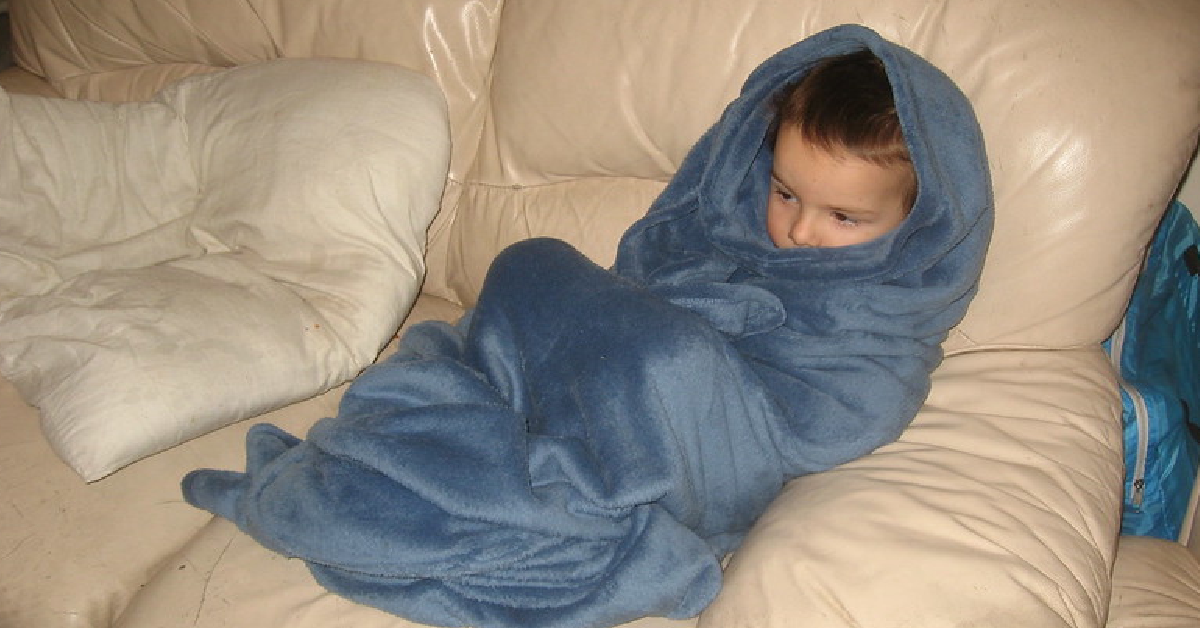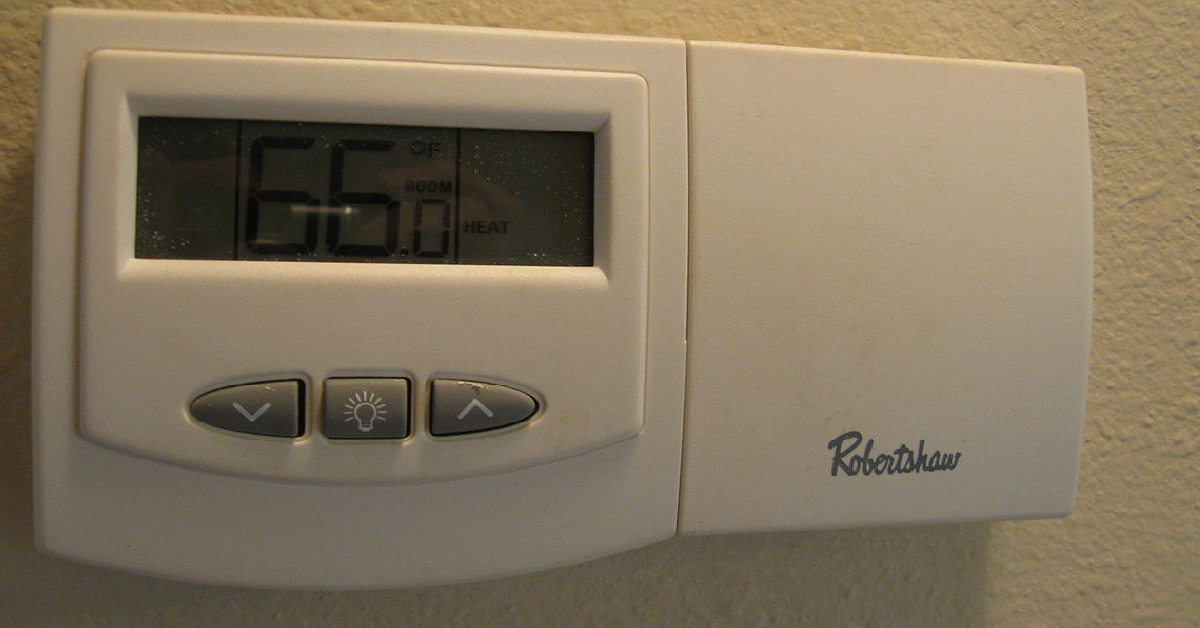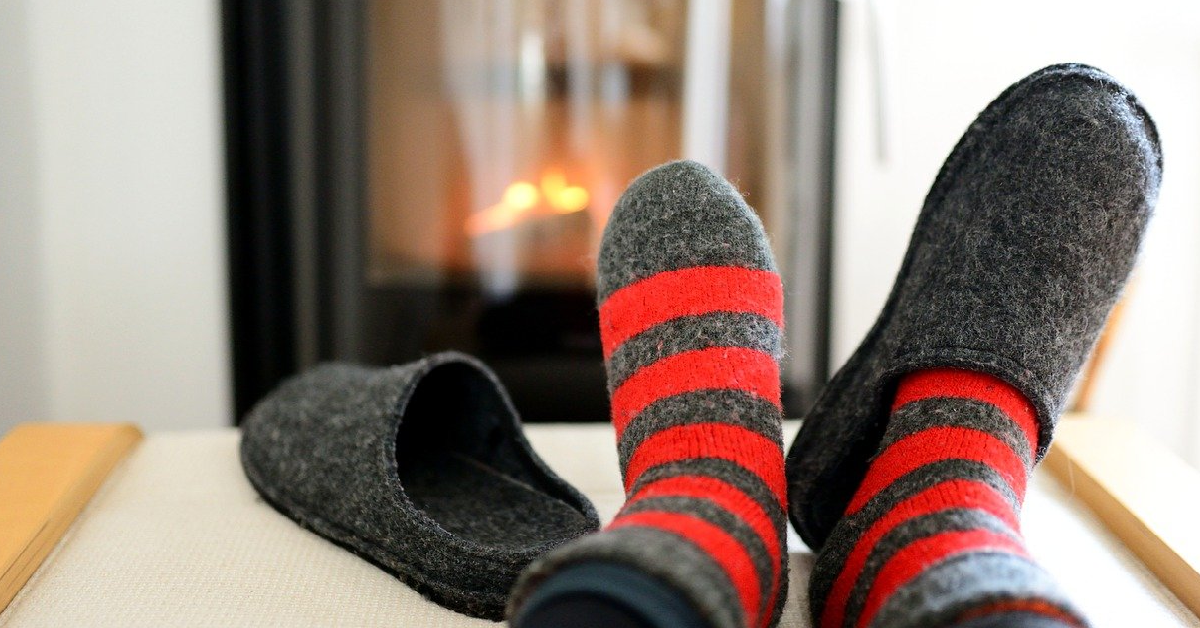One of the struggles that many of us have is deciding what to set our thermostat on when the temperature gets lower.
We often try to strike a balance between our personal comfort (as well as the comfort of our family) and trying to save a little money on energy costs.

It seems as if you can actually have your cake and eat it too according to the US Department of Energy. They claim that you can cut your energy bills by 10% by being conservative with how you set your thermostat all year long.
The Department of Energy suggests that you can save money by setting your thermostat at the lowest comfortable temperature during the winter. This is 68°F. In homes with baseboard heating or a regular furnace, this can be beneficial but if you have a heat pump, making the home too cold can make it less efficient.

It’s also important to recognize that 68° is only a general suggestion. Some people are quite uncomfortable at 68° and they need to have the thermostat higher. If you need to set it at 70° for your own personal comfort, by all means do so.
The placement of your thermostat also makes a difference. If you put it in the wrong location, you can get an inaccurate temperature reading and your home will not be comfortable. Some of the issues can come from putting it in an area where it is exposed to sunlight or near a doorway. You would also not place it behind furniture.
An interior wall that has a natural airflow is the best option for locating the thermostat. You may need to experiment a little before you make the final decision.

You may also be able to adjust the temperature during the day and night to save some energy. For example, if you are not home during the workday, you can turn the thermostat down and then turn it back up when you get home. Even better, you can get a thermostat that does so automatically.
During the change of seasons, it’s also a good idea not to make any sudden changes in the temperature of your home. Gradually adjusting the temperature will make it easier for the entire family to acclimate. It may be necessary to wear additional layers during this time, but it will be a much smoother process.

Finally, make sure that you are maintaining your heating system throughout the year. This would include more than just having the furnace serviced. You would also want to ensure that the doors and windows are not leaking air and if possible, use natural sunlight.
As you acclimate to the colder weather, you may find that further adjustments in the temperature are necessary. This is best maintained by using a programmable thermostat that will help to automate the entire process.













